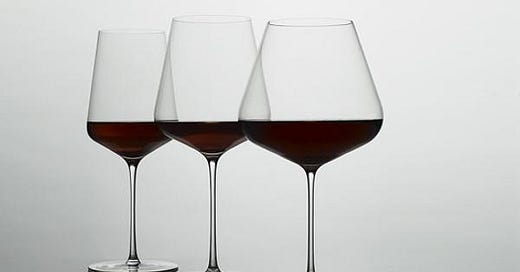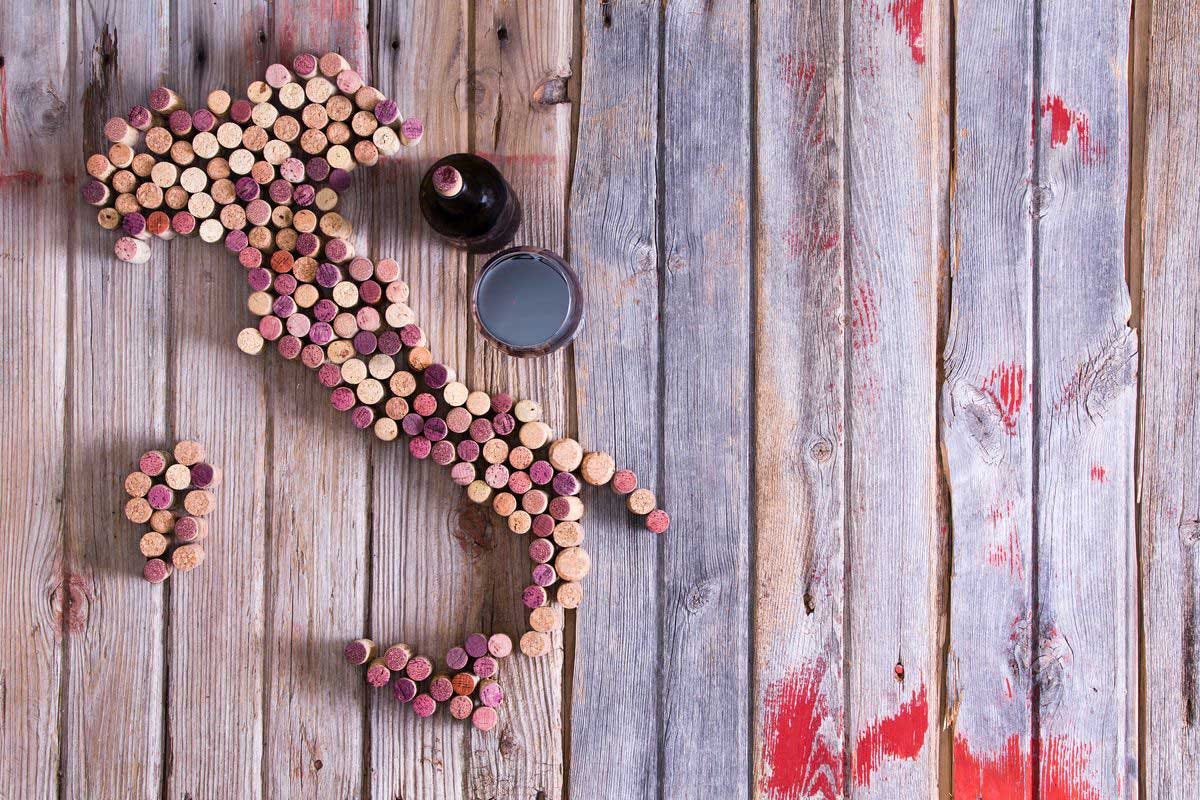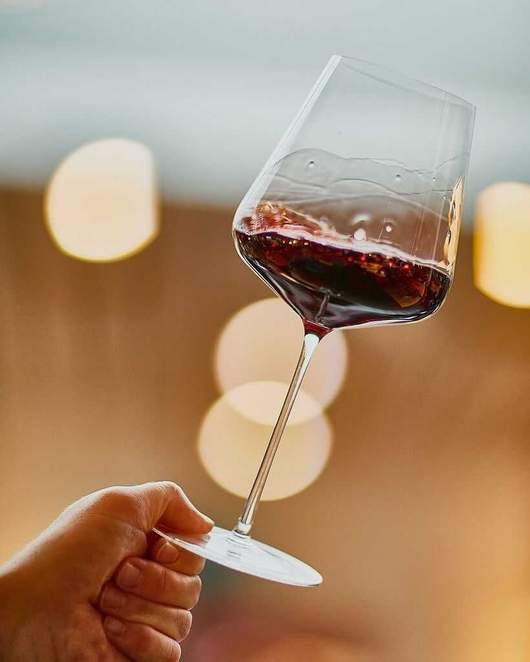The time has come to talk about red wine: in the issue on the wedding banquet menu I had started the discussion on wine, which then continued on the following Sundays.
Red wine must go with the main course, the one that comes immediately after the sorbet.
(…) Therefore, there will be sparkling wines at the beginning and at the end, and still wines paired with the courses. It begins with a fresh white wine to be paired with the first course (risotto), continuing with a structured white wine for the fish dish, then the sorbet (that goes alone), and finally a full-bodies red wine with the meat dish. If the wedding takes place in a hot season, this last red wine will be of medium structure.
Choosing a red wine suitable for this moment of the wedding banquet is quite easy if you follow some precautions.
First of all, we should also consider the cost, so if the number of guests is rather limited, then we can go in a certain direction, otherwise we should start to be a little careful because, with this wine, we are already in the fourth or fifth pairing choice (after sparkling wines and white wines).
Always keeping an eye on costs, therefore, we must now consider the season: if the banquet takes place in a hot season, it will be advisable to choose a red wine that is also suitable for being slightly chilled, to make it more pleasant. Needless to say, the choice will have to fall on a relatively young wine, which still retains a good acidity (freshness) and is not too tannic. Additionally, since it will have to match the meat course, it should be a wine that can balance well the structure of the dish.
If this course is based on fish, since it is the main one, it will not be a simple fish dish, so to speak, but a rather elaborate one; therefore the structure of the dish itself must be in balance with the structure of the wine.
As I have already said, I prefer to choose local wines, so returning to the example of weddings that take place in central Italy, the choice could fall on a red wine from the Marche region, for example a Rosso Piceno: it is a very versatile wine, obtained from native vines of the area (Sangiovese and Montepulciano). Younger vintages also lend themselves to being slightly chilled.
As said for whites, wanting to search for freshness, I would prefer to stick to wines from Central Italy or the North: wines from Piedmont obtained from Nebbiolo are very suitable, for example, as well as those from Valtellina in Lombardy or some interesting wines from Alto Adige.
Many love the wines of Tuscany, in particular Brunello di Montalcino but I would feel like discarding them because, besides being very expensive, they are very tannic wines. However, Rosso di Montalcino, the younger brother, let's say, of Brunello, could be taken into consideration.
The ideal serving temperatures have recently been reviewed by experts: there is no longer the habit of serving red wines at "hot" temperatures, but depending on the wine and the situation, you can think of staying at 16/18 degrees centigrade.
The ideal glass is a large glass, to appreciate the complexity of the wine itself.
Finally, as already mentioned for white wines, those who are particularly fond of international vines, can also consider wines obtained from Merlot or Cabernet Sauvignon (or many others), for example, but always taking into consideration the area of origin that it will influence the making of the final wine.
Until next Sunday, to finish up with Passito






